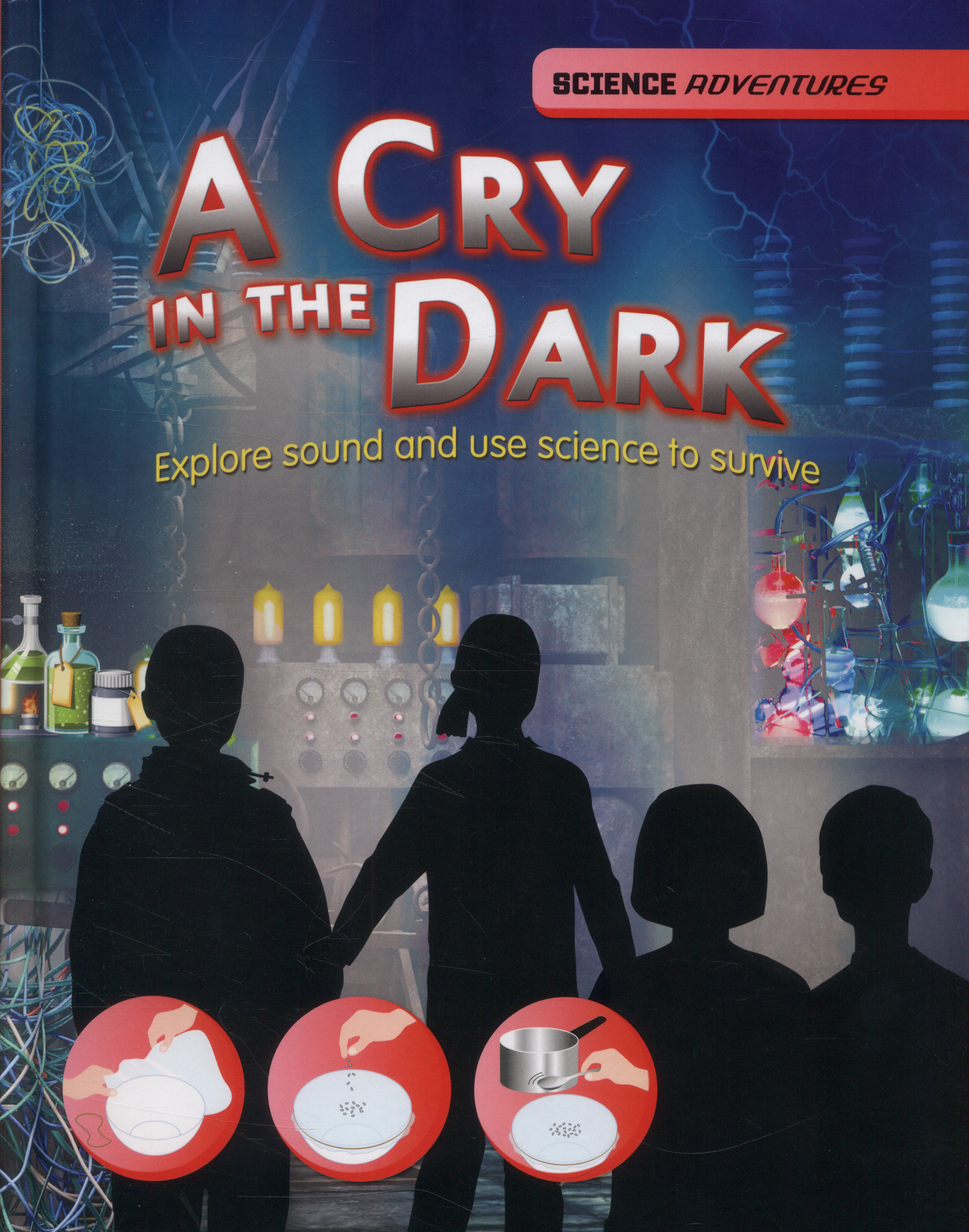Resources
A Creative Approach to Teaching Science is filled with exciting and innovative ways to teach and meet the objectives for primary physics, chemistry and biology from Years 1-6. Each idea has been tried and tested, used in the classroom with children of the relevant age range, and all are deep rooted in practical...
This item is one of over 25,000 physical resources available from the Resources Collection. The Archive Collection covers over 50 years of curriculum development in the STEM subjects. The Contemporary Collection includes all the latest publications from UK educational publishers.

Science has never been more exciting with this attention-grabbing approach which delivers true scientific learning through an action-packed story and spectacular graphic illustrations. The science in the story is...
This book explores the transformational steps a school can take towards designing and delivering a rich, rigorous and wide-ranging curriculum. The authors concentrate on the foundation subjects, particularly history, geography and science but also design and technology and art and design - areas that are often...
A Curriculum for Excellence: Progress and Proposals
Published in 2006 by the Scottish Government, this report looks at the progress towards a Curriculum for Excellence. It was designed to present ideas and stimulate discussion between stakeholders in education within Scotland.
The Curriculum for Excellence considers how and what children and young people...
Audrey Curtis lays down a curriculum framework for three to five-year old children, stressing need for pre-school curriculum to be based upon experiences children bring from their homes and communities. She considers skills and competencies which should be fostered at this stage and discusses ways in which ...
This item is one of over 25,000 physical resources available from the Resources Collection. The Archive Collection covers over 50 years of curriculum development in the STEM subjects. The Contemporary Collection includes all the latest publications from UK educational publishers.
A Day on Mercury
This animated clip explains how Mercury rotates in around 59 Earth days to rotate but only takes 88 Earth days to orbit the Sun (the length of its year). So Mercury spins three times for every two orbits, which means each Mercury day lasts for two Mercury years. This means, living on Mercury, you would celebrate...
This item is one of over 25,000 physical resources available from the Resources Collection. The Archive Collection covers over 50 years of curriculum development in the STEM subjects. The Contemporary Collection includes all the latest publications from UK educational publishers.
